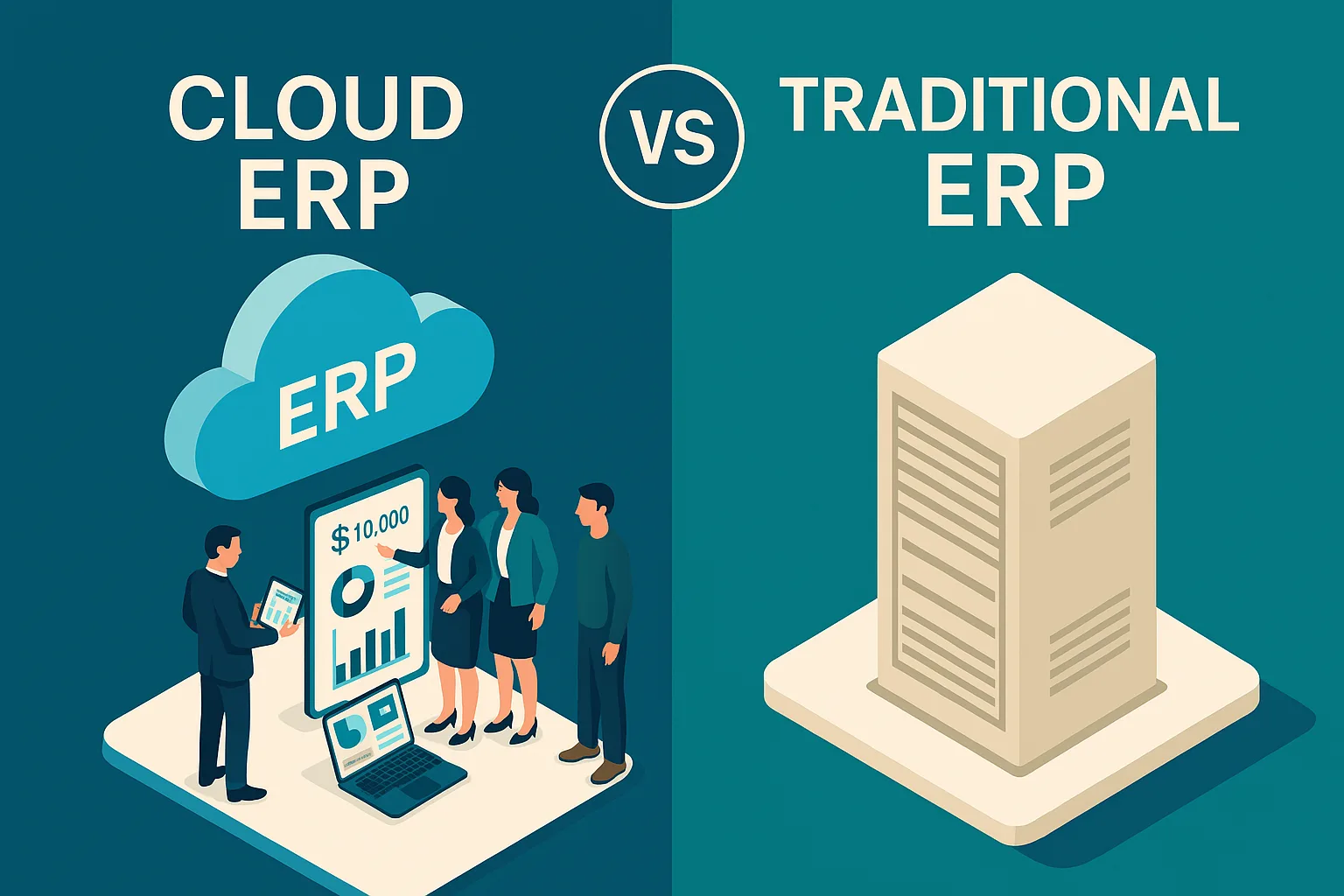Introduction
Data migration may seem like a technical process, but it’s strategic, high-risk, and foundational to long-term success. A failed or poorly managed migration to Sage Intacct can lead to reporting errors, compliance issues, security vulnerabilities, and massive business disruption. In this article, we cover the top mistakes companies make during migration and share expert strategies to avoid costly errors while moving to Sage Intacct.
1. Underestimating the Complexity of Data Structures
Sage Intacct uses a dimension-driven architecture—very different from traditional accounting systems. Legacy systems often rely on a flat or hierarchical chart of accounts. Failing to restructure data for Intacct’s multidimensional environment leads to:
- Poor financial visibility
- Duplicated or redundant entries
- Compromised data integrity
✅ Solution: Conduct a comprehensive field mapping session involving finance, IT, and business process owners. Create a blueprint showing how your legacy GL accounts, cost centers, projects, departments, and locations will be mapped to Intacct dimensions like Department, Location, Customer, Vendor, Class, Project, etc.
🛠️ Pro Tip: Don’t copy your legacy chart of accounts as-is. Leverage the dimensional flexibility of Sage Intacct to reduce complexity and improve reporting clarity.
2. Migrating Unclean, Redundant, or Inactive Data
Legacy systems often store a lot of ‘dead weight’ data: inactive customers, closed vendors, obsolete accounts, and historical transactions from a decade ago. Importing this junk data into Sage Intacct not only creates clutter but also:
- Slows down performance
- Makes reporting inefficient
- Increases audit risk
✅ Solution: Run a data audit and cleanup exercise before initiating migration. Retain only:
- Active vendors and customers
- Current open balances
- Transactions from the last 1–3 years (depending on industry/audit needs)
- Verified master data records
📊 Keep historical reports available externally (Excel, PDF, archival system) rather than loading 10 years of transactions unnecessarily into Intacct.
3. Ignoring Validation & Testing Procedures
Many organizations treat migration as a one-time import rather than an iterative, test-driven process. This mindset leads to:
- GL balances not matching
- A/P and A/R ledgers being off
- Compliance and audit failures
✅ Solution: Always use Intacct’s sandbox environment to conduct mock migrations. Steps to follow:
- Migrate sample data from each module (GL, A/R, A/P, Projects)
- Validate trial balances, customer/vendor balances, and inventory levels
- Run standard reports and compare with legacy outputs
- Document all validation results before moving to production
⚙️ Include end users in validation tests to uncover usability or interpretation issues early.
4. Not Planning for Multi-Entity or Multi-Currency Complexities
Sage Intacct is powerful for multi-entity setups, but that power requires a smart foundation. Errors in entity setup during migration can cause:
- Cross-entity data leakage
- Incorrect financial consolidations
- Unapproved intercompany balances
✅ Solution: For multi-entity setups:
- Define clear ownership structures for entities
- Standardize Chart of Accounts, dimensions, and fiscal calendars
- Configure inter-entity relationships and journal rules
- Use entity-specific validation during migration
🌐 Don’t forget to plan for currency revaluation rules, tax treatments, and regional compliance if you’re migrating a global setup.
5. Lack of Documentation & Migration Logs
Teams often get caught up in the “get-it-done” mindset and skip documenting:
- Field mappings
- Migration scripts
- Data cleanup rules
- Exception handling cases
This results in:
- Confusion during post-migration support
- No audit trail for external auditors
- No rollback strategy in case of errors
✅ Solution: Create a migration playbook that includes:
- Source-to-target mapping documents
- Validation checklists
- Testing logs
- Summary of business rules
📝 This documentation will also help during future audits, upgrades, or ERP expansions.
Bonus Tip: Engage an Experienced Migration Partner
ERP data migration is not just about moving records—it’s about aligning your business structure to your future operations. Working with a certified Sage Intacct partner like AccFin Outsourcing helps:
- Reduce risk and project delays
- Ensure clean, validated, and structured data
- Align system configuration with business strategy
Conclusion: A Good Migration is Invisible—A Bad One Is Costly
When done right, a data migration should feel seamless, transparent, and enable better reporting in Sage Intacct. But the cost of a bad migration can include lost data, misstatements, audit red flags, and frustrated users. By avoiding these five common mistakes, your business sets the stage for a successful transition and long-term ERP success.
📩 Thinking of moving to Sage Intacct or stuck with a broken migration? AccFin Outsourcing can step in, clean up, and drive your ERP transition forward. Contact us today for a free consultation!











